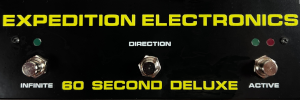Monday, January 18, 2016
New Synthrotek Skiff Boat Eurorack Case
LABELS/MORE:
eurorack,
NAMM,
NAMM2016,
New,
New Cases,
New Cases in 2016,
New in 2016,
Synthrotek,
Video
Seattle Synth Meet Pics by Larry Kleinke, aka Computer Controlled
In case you missed the update earlier today, a second set of pics of the recent Seattle Synth Meet, have been added to this post.
Tom Oberheim Introduces New Marion Systems MINI SEQUENCER Euorarck Module
On the heels of the recently announced Marion Systems SEM*PLUS eurorack module, Tom Oberheim shows us a look at the new MINI*SEQUENCER. 16 steps, MIDI as well as CV, onboard storage, Portamento, Rachetting, and more.
See this post for additional details and NAMM floor demos.
LABELS/MORE:
eurorack,
Marion,
NAMM,
NAMM2016,
New,
New in 2016,
New Modules,
New Modules in 2016,
Oberheim
AtomoSynth + Dante Gonzales "its no good" cover
Published on Jan 18, 2016 atomolab
"just a cover of depeche mode 'Its no good' played with analog synthesizers"
ambient live jam - feat. squishable, jupiter4, monopoly, 2x sq 1
Published on Jan 18, 2016 traumaduo/spacebox720
"live recorded jam
sorry for the audio clipping on some parts of the performance"
Waldorf Introduces Three New Eurorack Modules
First up we have the mod1 Modulator Module
 "Three different modulation sources in one module make the mod1 the control center of your modular patch.
"Three different modulation sources in one module make the mod1 the control center of your modular patch.From simple envelopes and LFOs to complex looped multi-stage curves, the mod1 delivers rich and endless modulation options – all based on pure analogue circuitry for everything from super- smooth curves to razor-sharp edges that never sound “digital”.
From gently undulating LFOs to ultra-precise hard cuts, you get it all based on innovative analogue circuits for a truly musical touch."
"Specifications
mod1 sideThree highly flexible modulation sources in one module. All based on innovative analogue circuits for snappy attacks and super smooth curves.
1. AD3SR
ADSR envelope with up to three decay stages
Each decay stage with time and target level control
Configurable for 1, 2, or 3 decay stages
Loop mode for looping from attack over all enabled decays stages
Gate and trigger inputs
Positive and Inverted output
2. Symmetry Generator
Two segment modulator with controllable symmetry
CV-inputs for speed and symmetry
Symmetry modulation keeps base frequency
LFO mode with bipolar output
Gate and Trigger envelope modes with unipolar output
Linear or rectangular wave forms
3. Rise & Fall
Two stage envelope “rise & fall”
Flexible curve control for rise stage – from smooth classical RC shape to cutting linear segments
Optional loop mode
Gate input
Signal output"
Next we have the dcva1 Dual VCA Module
"Built around two VCAs with a wide range of options including the most important one: the ability to musically colour the signal. Starting in dry mode, you get high-precision analogue amplification.
 But then when you turn the Colour knob, you add a warmer and more colourful timbre to the signal based on a finely-crafted state variable filtering circuit. But there’s more: Simultaneous linear and exponential control as well as specialised AC and DC coupled inputs are provided.
But then when you turn the Colour knob, you add a warmer and more colourful timbre to the signal based on a finely-crafted state variable filtering circuit. But there’s more: Simultaneous linear and exponential control as well as specialised AC and DC coupled inputs are provided.A positive gain control makes the dvca1 a true “amplifier,” and flexible link modes let you create modulated panning.
Specifications
dvca1 sideTwo true analogue high-end VCAs
Optional colour control based on state variable filter technology
CV-input for colour modulation
Simultaneous linear and exponential control and CV inputs
Additional gain control for adding up to +12dB
Separate AC and DC coupled inputs for audio rsp. control signals
Separate summing output combining both signals
Link mode for parallel modulation of two signals
Anti-parallel link option for panning effects"
Finally we have the cmp1 Compressor Module
 "A true high-end analogue compressor not only adds punch to your signal, but it also can be modulated in intriguing and unconventional ways!
"A true high-end analogue compressor not only adds punch to your signal, but it also can be modulated in intriguing and unconventional ways!Side-chaining with a adjustable balance control will open a huge set of modular possibilities.
The cmp1 has all the features you expect from a modern compressor including attack and release control, automatic and manual modes, hard and soft knee as well as output gain and bleed amount of the original signal.
Specifications
cmp1 sideTru analogue high-end compressor
Flexible side-chaining
Control path based on controllable balance of side and main signal
RMS and Peak modes
Threshold and compression controllable from panel with additional CV-inputs
Attack & Release in manual or automatic mode
Hard and soft-knee compression
Bleeding control for mixing original signal to compressed output
Overall gain control
Input level control
Separate output of detector signal for use as envelope follower
Additional level control input for optional use as exponential VCA"
Thanks goes to Soviet Space Child for the tip!
Update: video & new keyboard euro case posted here.
Audulus 2 Minute Tip - 3: How to Make a Vibrato Effect
Published on Jan 18, 2016 Bimini Road
iTunes: Audulus 3 - Audulus LLC
"Vibrato is sometimes confused with tremolo thanks to Fender amps, which incorrectly label their tremolo circuits as vibrato. Vibrato and tremolo are easy to parse however: tremolo is volume (amplitude) modulation, while vibrato is pitch (frequency) modulation. When you wiggle your finger back and forth on a string on a violin, *that's* vibrato - what you are doing is shortening and lengthening the amount of vibrating string between your finger and the tailpiece (or saddle on a guitar).
Making a pitch-shifting vibrato effect that induces frequency changes in audio is a little more complex, so this just focuses on how to add vibrato to an oscillator, which is very easy.
Wondering how to begin designing effects in Audulus? You can't get more simple than a Tremolo.
A Tremolo effect (known to Fender enthusiasts as "Vibrato" but we'll get to that one later) is a modulated amplitude (i.e. volume) level. Electrically, this is usually done by driving a lamp or LED with an LFO circuit, while the audio path runs through a light-dependent resistor (LDR). The Light + LDR makes an Optocoupler. This isolates the LFO from the circuit and keeps your audio path super clean.
In Audulus, however, none of that is necessary. All you need to make a Tremolo is an LFO and a Level node. Apply the LFO's output to the Level node, run your audio in and out, and bam, you have a Tremolo!
This tutorial also shows you some beginning steps you can take to modify the LFO: adding to the signal increases the "floor," or how low the volume gets. Multiplying the signal (really, dividing, since we're multiplying by a number between 0-1), will expand or shrink its overall range.
The 2 Minute Tip series breaks apart topics on Audulus into bite-sized chunks. I don't talk during the tutorials (though there are a few notes that pop up), and this is so that international viewers who don't understand English well don't feel left out. Familiarize yourself with the node menu and my navigation won't be so mystifying. In the future, we'll develop a finger press indicator so you can see where I'm tapping.
http://www.audulus.com
http://forum.audulus.com
http://www.biminiroadelectronics.com/...
https://soundcloud.com/biminiroadmusi..."
More 2 Minute Tip tutorials here.
Artisan Electronics Ottava Beat 1 Demo
Published on Jan 18, 2016 Synth Man
Re-Published on Jan 27, 2016 in higher resolution.
"Quick first demo of the
Ottava Analog Desktop Performance Synthesizer
by Artisan Electronic Instruments.
All sounds from Ottava.
More to come...."
PREVIOUS PAGE
NEXT PAGE
HOME
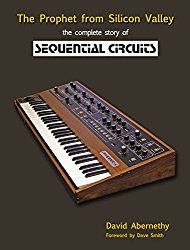
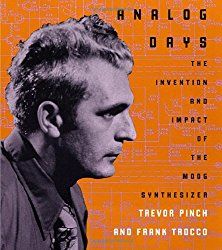
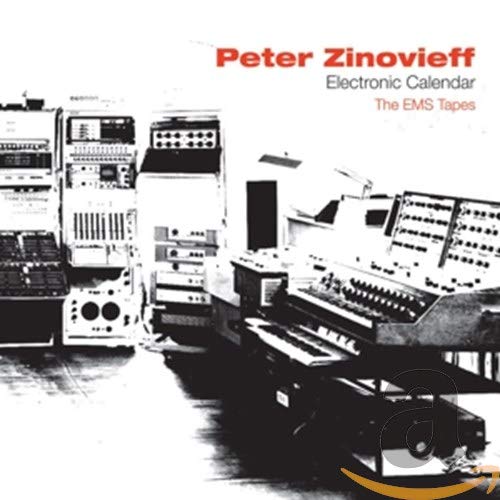
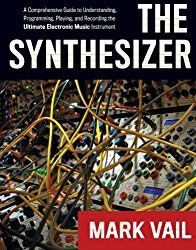

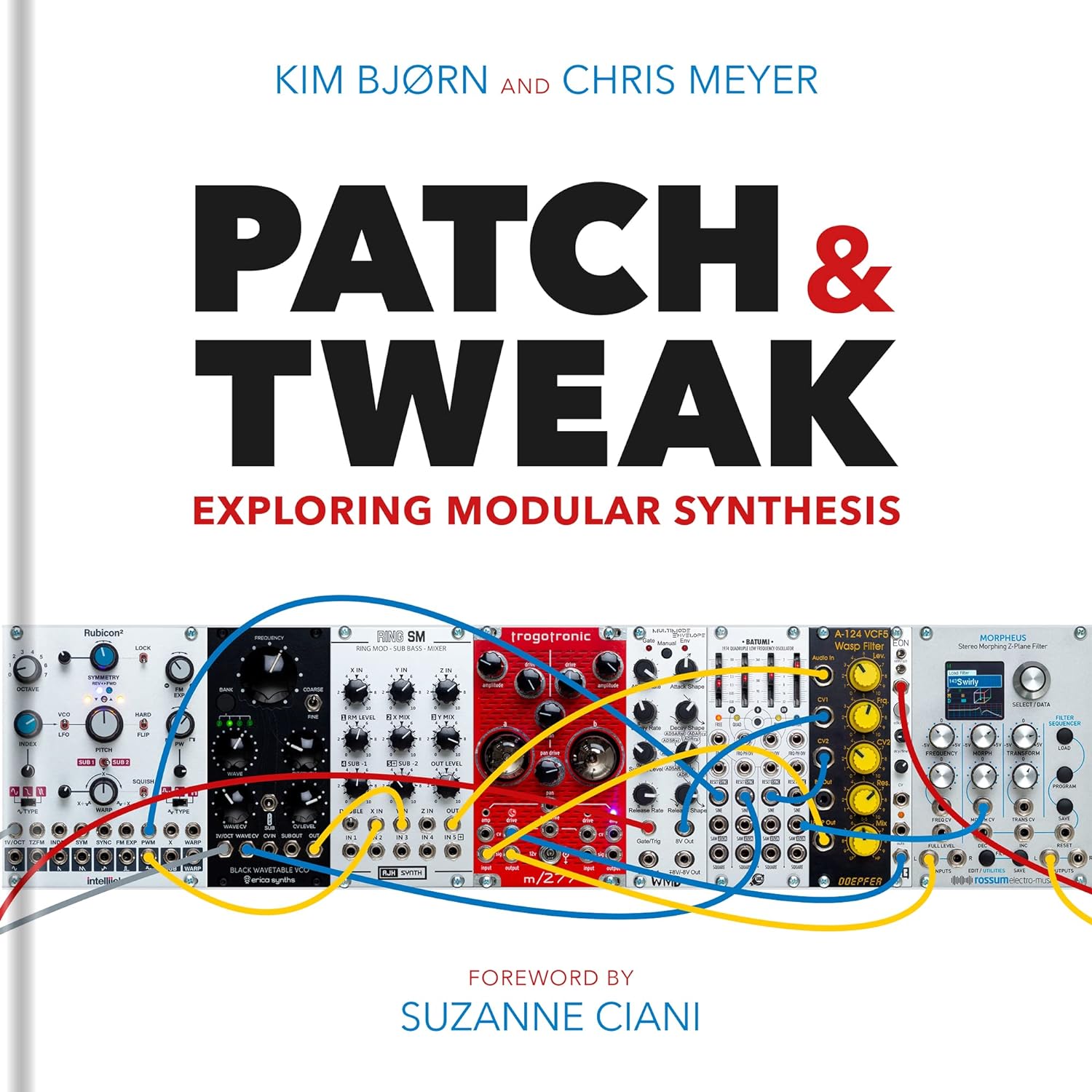
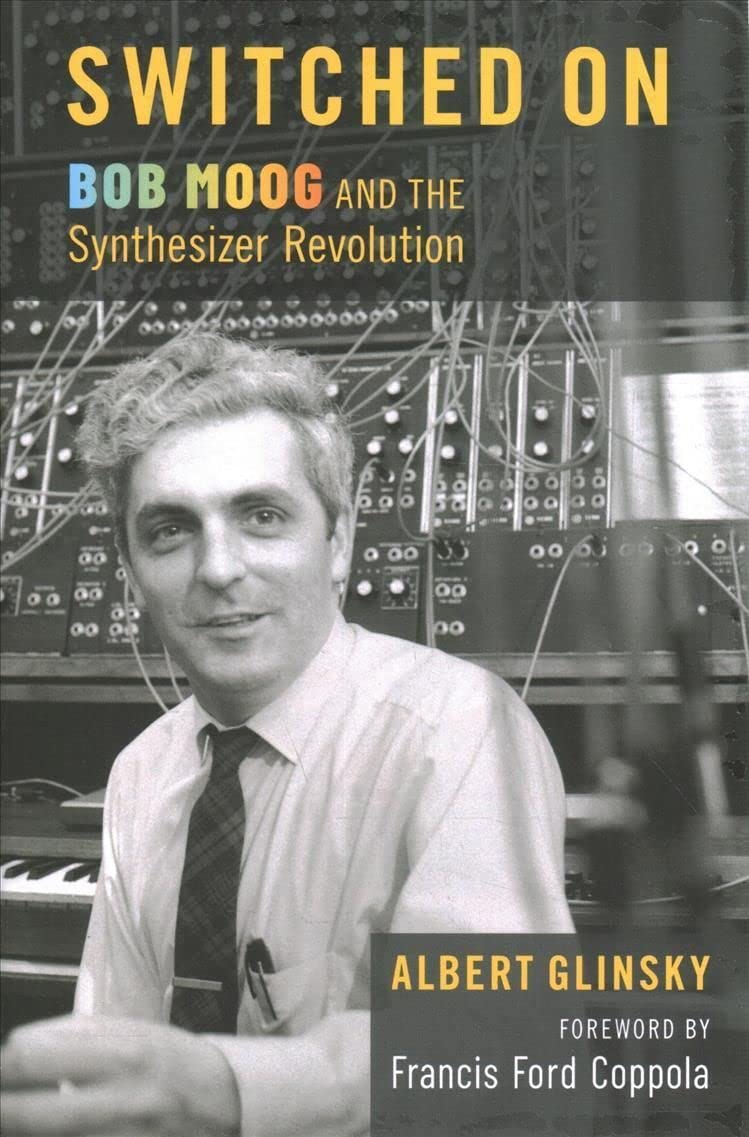
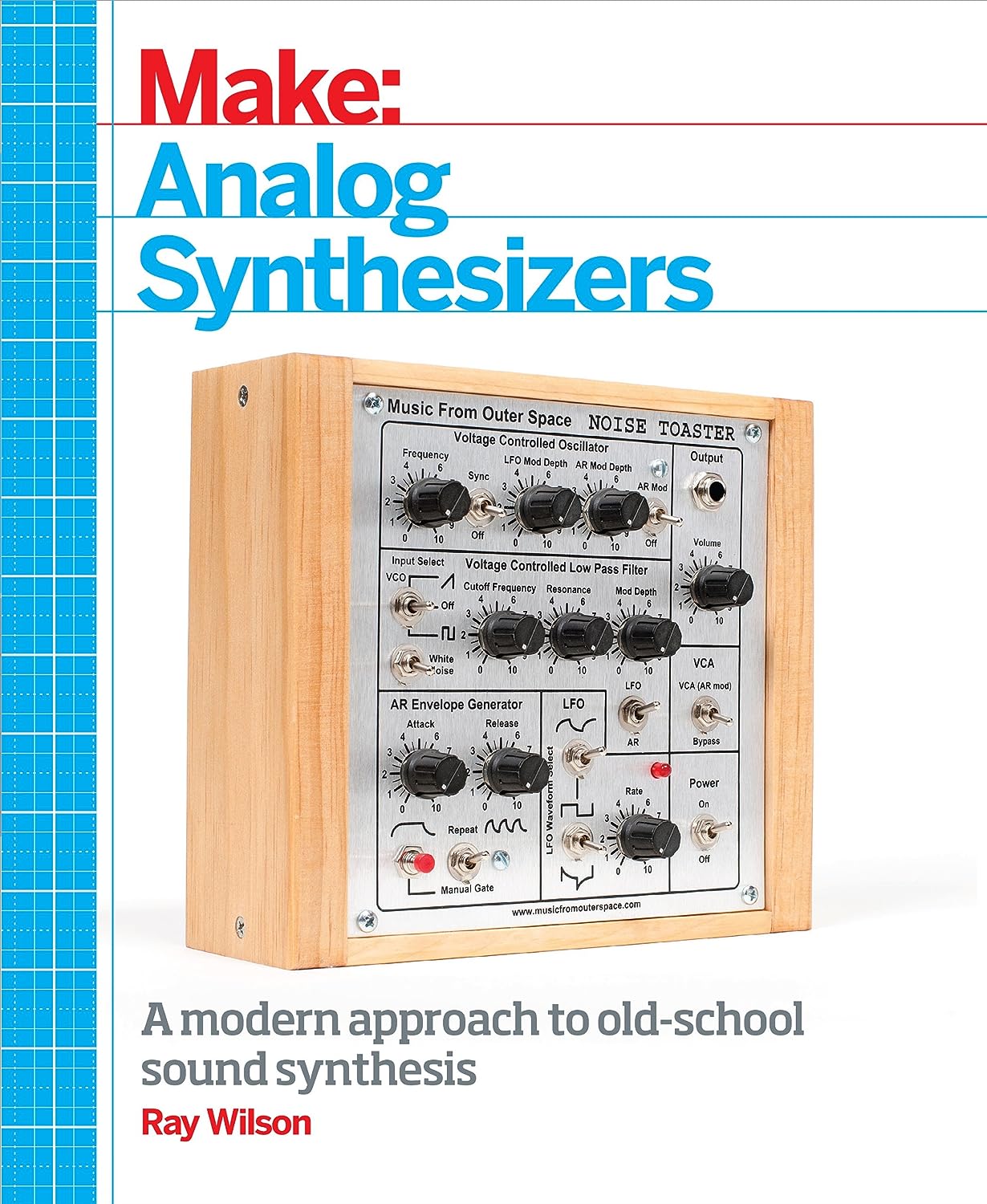
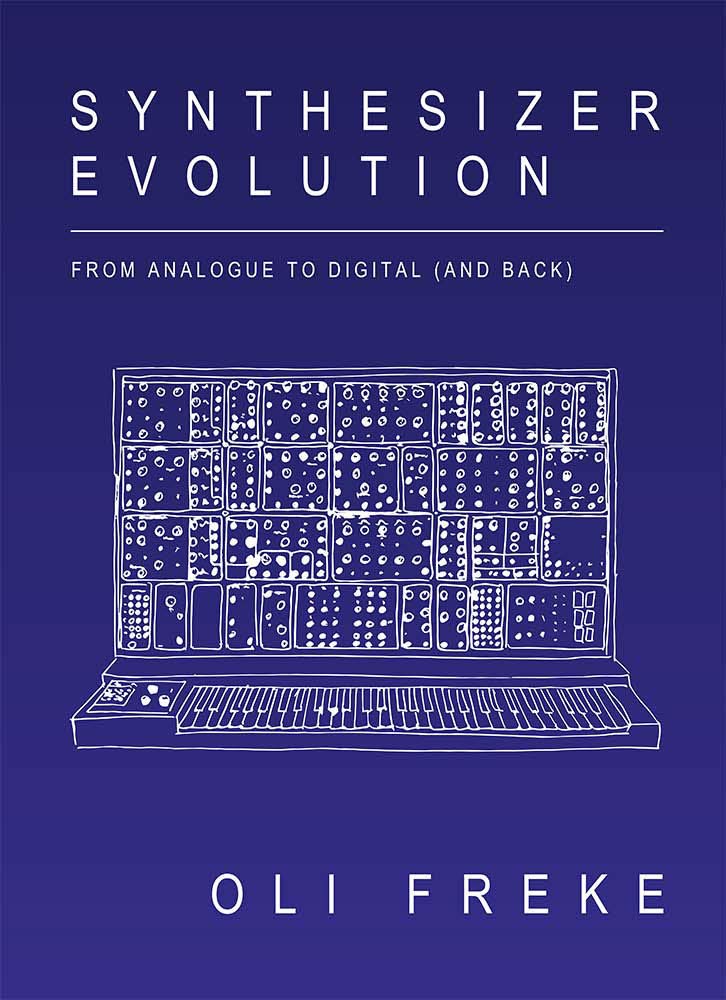

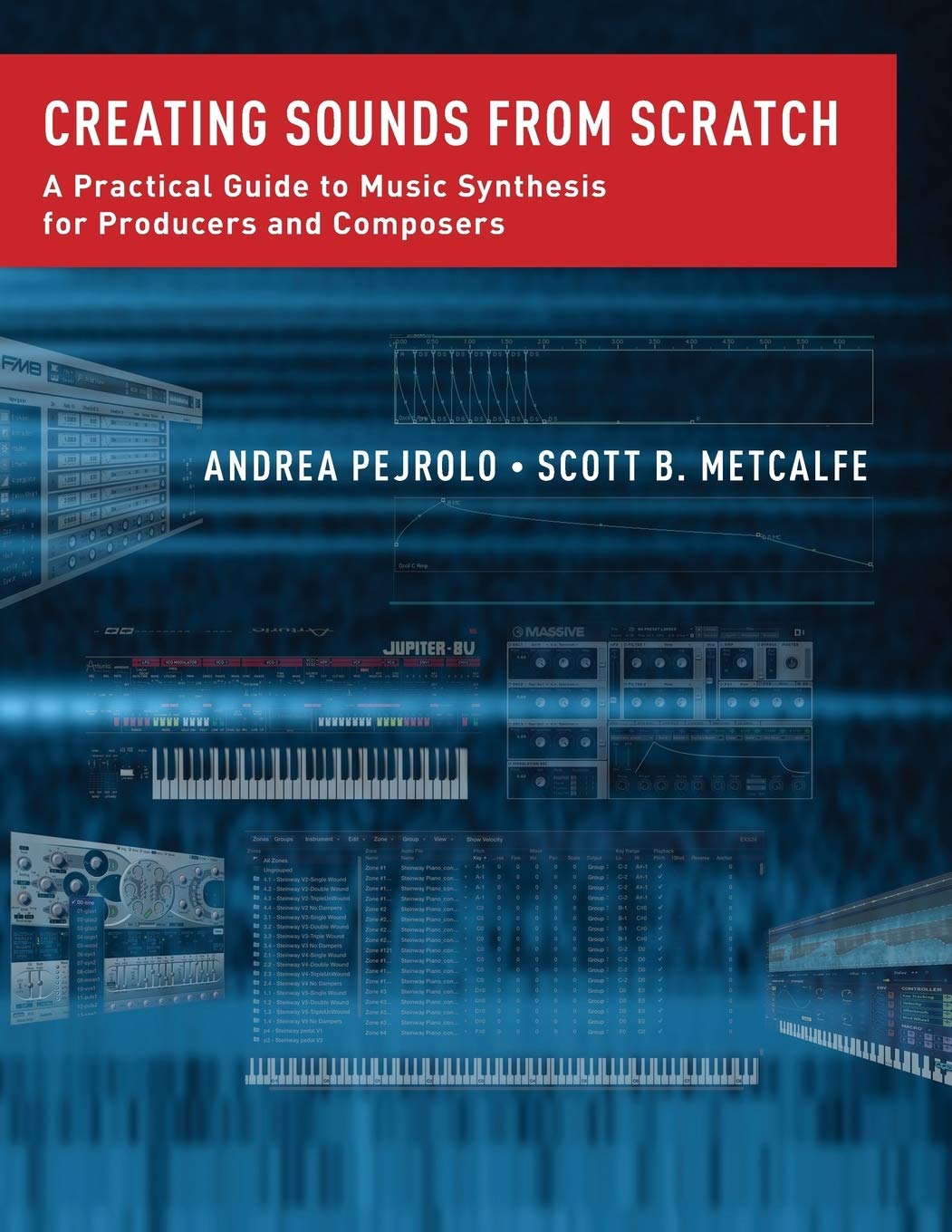


© Matrixsynth - All posts are presented here for informative, historical and educative purposes as applicable within fair use.
MATRIXSYNTH is supported by affiliate links that use cookies to track clickthroughs and sales. See the privacy policy for details.
MATRIXSYNTH - EVERYTHING SYNTH













© Matrixsynth - All posts are presented here for informative, historical and educative purposes as applicable within fair use.
MATRIXSYNTH is supported by affiliate links that use cookies to track clickthroughs and sales. See the privacy policy for details.
MATRIXSYNTH - EVERYTHING SYNTH



















